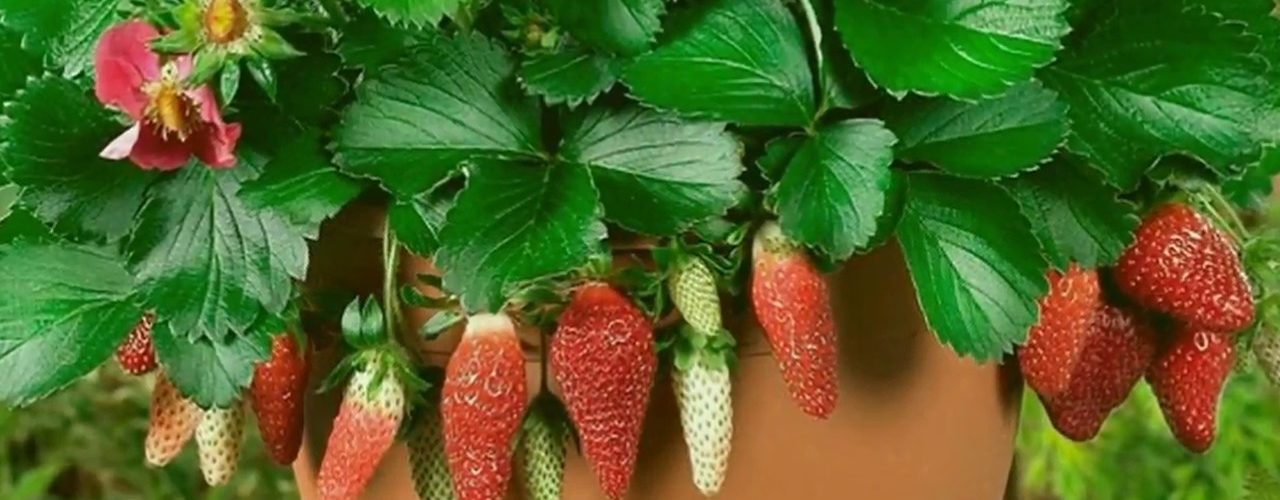Strawberries are not only a tasty treat, but are also a very beautiful addition to your home garden. The four kinds of strawberries contain similar growing conditions. Classic types of strawberries produce a large harvest at one time each year. The typical harvest takes place in June, but can be earlier in warmer climates. This is a great kind of strawberries to grow when you are planning to harvest all at one time and freeze them to enjoy later. Ever Bearing strawberries produce a harvest twice a year, one harvest is in June and the other takes places later during the summer season. Day Neutral strawberries continually produce lighter harvests throughout the summer, but tend to stop during very hot weather. The final type of strawberry is called alpine strawberries. Alpine strawberries produce delightful berries throughout the entire summer but a large quantity of plants is required to harvest a lot of berries.
Planting strawberries in a garden require tools such as a shovel, plants, garden trowels, garden shears, garden spades, fertilizer, and a compost maker. All of these tools will provide you with the ability to plant the strawberries in your garden and protect them from intruders until they are ready to harvest.
Strawberries have the ability to carry viruses that can kill the crop as well as potentially spreading throughout your entire garden and destroy everything. So, when selecting strawberry plants for your garden, it is important to select plants that are certified disease free. Choosing a sight for planting the strawberries is the next step. It is important to select a proper site that has excellent drainage. The location should be exposed to full sun light and have the ability to warm up in the early spring so the plants are not destroyed by a late frost. A gentle slope location with a southern exposure is ideal.
Soften the soil in the garden to a depth of at least twelve inches. Be sure to remove all weeds and grass and dig in enough compost to ensure you are using a rich, fertile soil. There should only be a slight acid content in the soil; a pH level of 5.5 to 6.5 is recommended. Each plant will need to be placed in a hole that is five to seven inches wide and just deep enough for all of the roots of the plant to be buried. Gently place the plant in the hole with the crown slightly above the ground level, and fill in the soil; completely burring all of the roots. There is no recommended spacing amount between plants, so feel free to space the plants as much or as little as you need to accommodate for the amount of plants you have.
The only recommendation for spacing is to use the matted row method of planting for easier maintenance. Each row should be spaced at least eighteen inches apart so you are able to maintain the entire garden easily. Young plants should receive at least an inch of water each week to ensure proper hydration and growth.
As soon as the plants ripen, it is recommended to pick them. Remove any small buds or any of the plants if you feel they are showing slow growth. Doing so will allow the remainder of the plants the ability to grow in a healthier environment and possibly spread out to the area and bud larger plants.
After all of the harvests are complete, it is important to mulch the ground around the plants in order to conserve moisture and keep weeds out. Keep the ground covered in hay during winter periods. This will help maintain the health of the growing area and the plants until next summer’s growing period.
Eating the strawberries is one of the most enjoyable parts of the growing process. If you grow a large quantity, you are able to freeze what you do not eat quickly so you can enjoy them year round. Or, if you prefer, share them with neighbors and friends and you can all enjoy them together.



